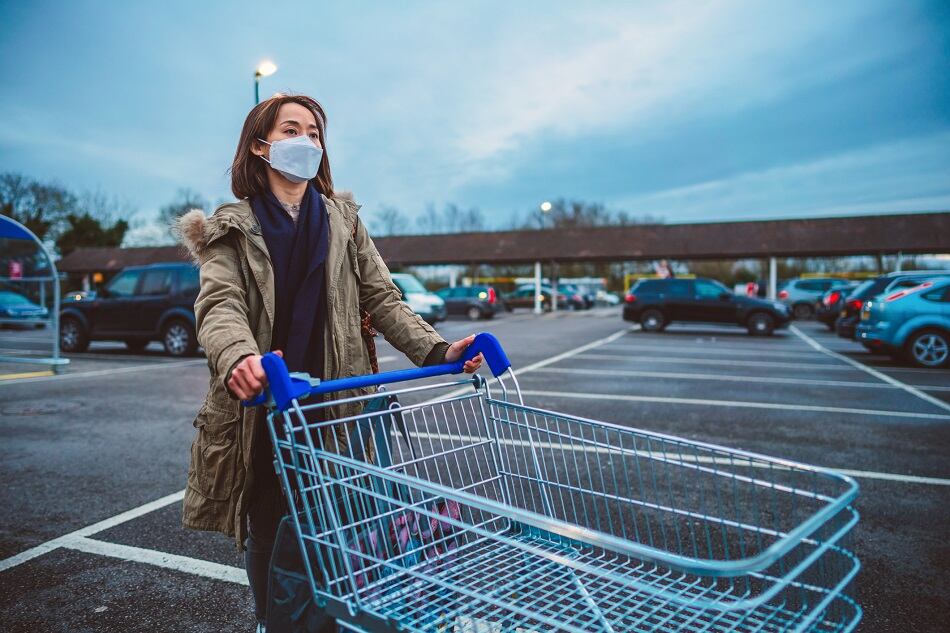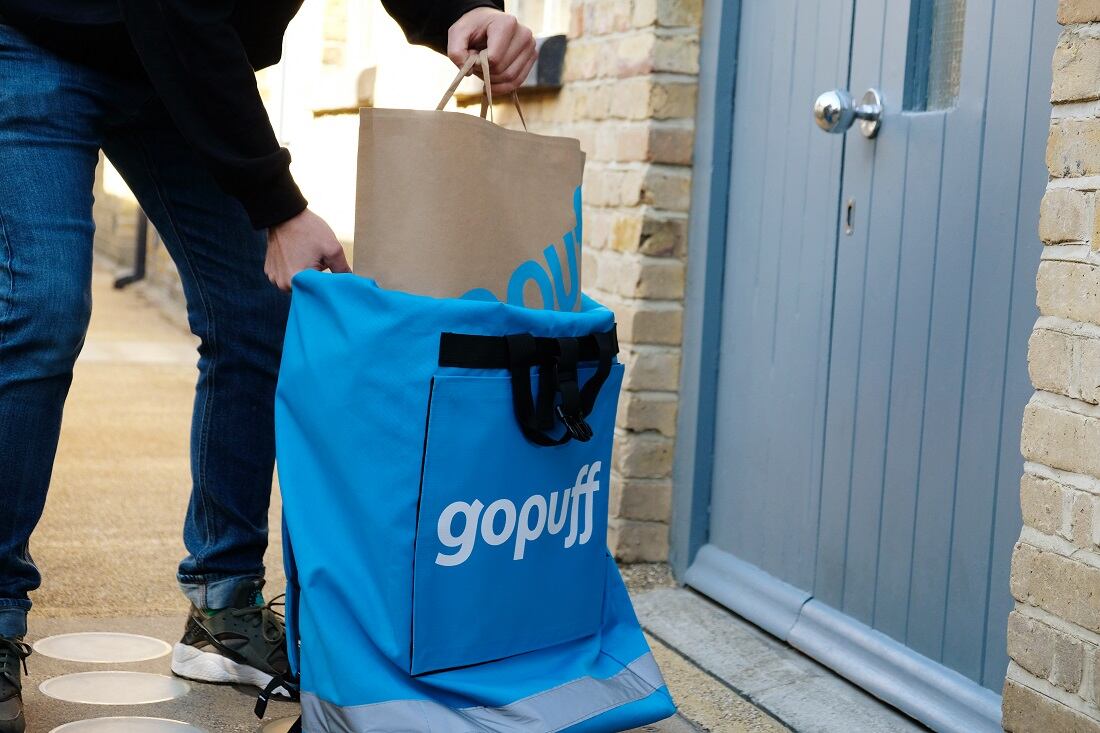Analyzing consumer survey data collected over the course of 2021, Acosta compiled its top findings and predictions for consumer shopping behavior for 2022.
“2021 was another year marked by COVID-19, which fueled changes to consumer shopping habits and sparked major industry shifts,” said Colin Stewart, executive vice president, business intelligence at Acosta, noting that he along with the rest of Acosta's leadership team sat down to map out what the new year would like for the CPG landscape.
“Our leadership team reflected on what this means for both retailers and consumers in the new year. Pandemic-related challenges are certainly carrying over, and we expect consumers and retailers to continue adapting as obstacles arise."
Eating at home, a purposeful and enduring routine
From fully stocked pantries with dry goods to frozen foods competing with fresh, consumers have grown comfortable eating at home over the past two years. According to Acosta consumer surveys conducted between July and October 2021, consumers reported eating more breakfast (26%), lunch (28%), dinner (37%) and snacks (20%) at home.
Sixty percent reported eating healthy foods most or all of the time and 69% said product sustainability was an important consideration when making purchases.
Based on these results, Acosta predicts that not only will consumers continue to eat the majority of their meals at home, but there will be an ongoing focus on health, wellness, and self-care in their at-home food choices as well as increasing awareness of environmental issues related to eating habits.
In-store shopping still the norm, but not the same
While many consumers embraced e-commerce and online grocery services leading during the pandemic, in-store shopping will remain the predominant method of shopping for most consumers.
Acosta said that it anticipates several new and continued shifts to the in-store shopping experience including store safety measures (mask wearing, routine deep cleans by staff, sanitation supplies readily on hand for shoppers and employees, etc.) to remain in place indefinitely.
Retailers will also be expected to emphasize product availability to consumers while navigating supply chain challenges.
In terms of the in-store shopping experience, Acosta predicts retailers across the board to implement more automation across the store and rollout amplified in-store experiences for shoppers to rebuild foot traffic.
Food away from home rebound
Despite a clear and sustained increase in food consumed at home, Acosta said consumers are slowly dipping their toes back into the world of foodservice.
According to Acosta, 85% of consumers surveyed in August 2021 said they recently had a drive-thru meal while 79% said they recently ordered carry-out and 75% said they recently dined in a restaurant.
Because of this trend back towards dining out, take-out, drive-thru, and mobile order trends will continue to accelerate in 2022 along with the rise of ghost kitchens, but with a few caveats, noted Acosta.
"Limited menus, reduced capacity, longer wait times and higher prices will persist," said Acosta.
Online grocery in 2022 and beyond
Half of consumers surveyed by Acosta in October 2021 reported that they regularly online grocery shop, and among that cohort just over half said they started online grocery shopping at the beginning of the COVID-19 pandemic.
Now that online grocery shopping is second nature to many consumers, there will likely be a shift towards hyper-delivery services such as GoPuff, which delivers goods directly to consumers within 30 minutes, according to Acosta.
Retailers will respond by embracing automation to win over a growing audience of omnichannel shoppers and the industry will see a rise in 'dark store' growth to facilitate efficient, fast, and profitable delivery and pickup.
"Automation will be a key focus industry-wide this year with retailers working to increase efficiency and ensure shopper loyalty," added Stewart.




